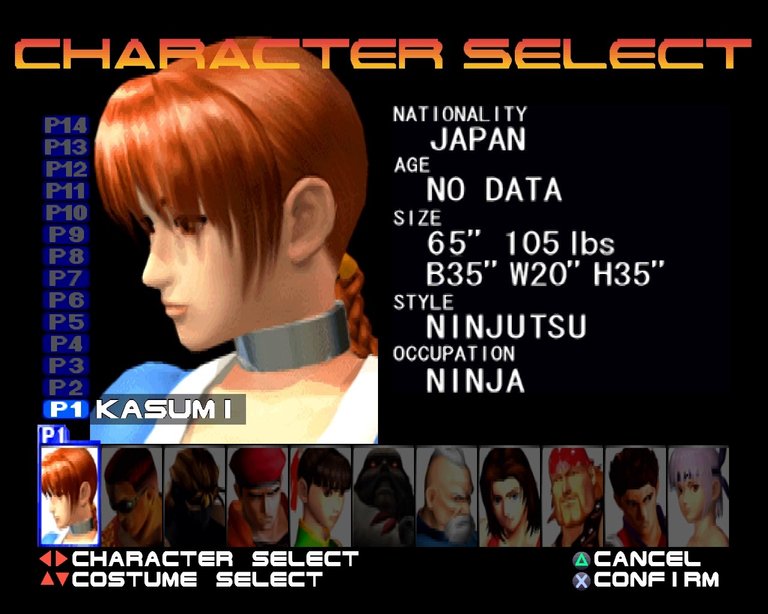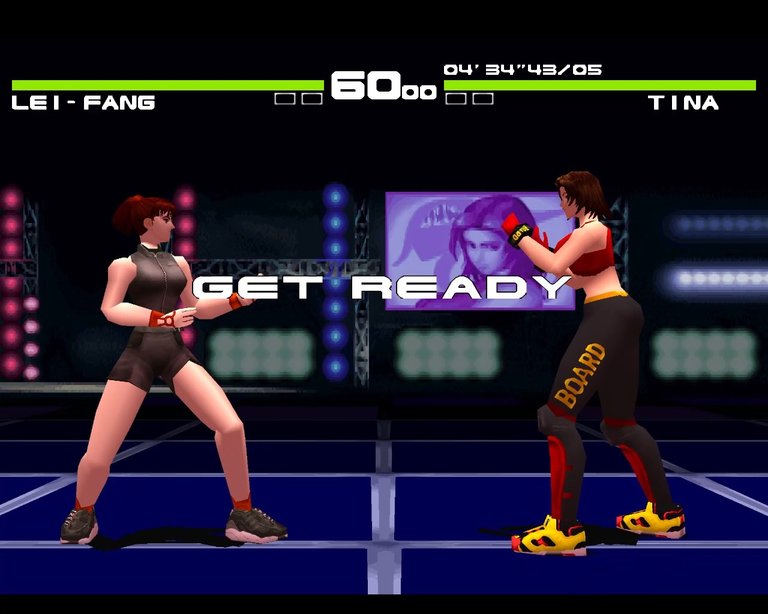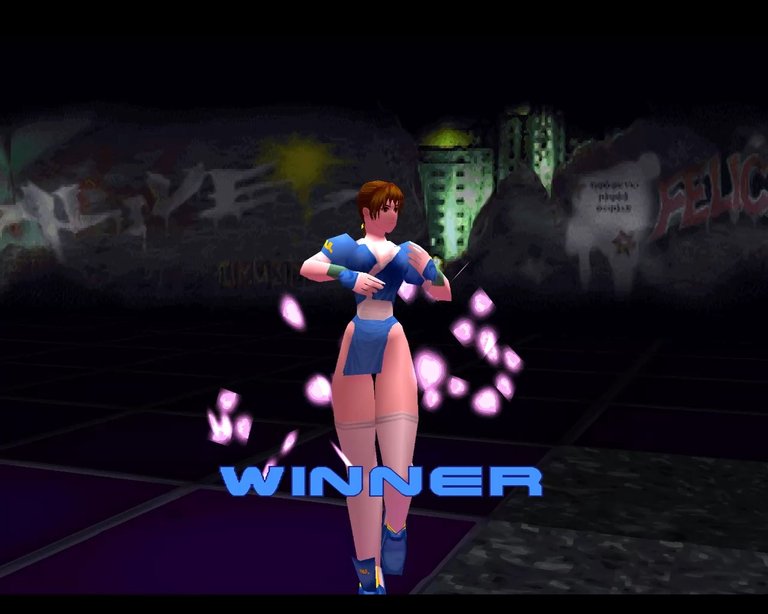In the mid-nineties, an exciting era took place in the gaming world. The leap to 3D had brought a revolution to the fighting genre, and the competition between games was fierce. Tecmo wanted to capitalize on this trend, but how could they stand out among titles like Virtua Fighter or Tekken? Well, it was designer Tomonobu Itagaki who had the answer: make a game with the spectacularity of polygonal graphics, while adding the typical speed of arcades games.
Dead or Alive was a game that didn’t just draw inspiration from Virtua Fighter. And thanks to Tecmo’s involvement, Team Ninja had access to the Model 2 board licensed by Sega to develop the game. The story conceived for the game was merely a pretext to create eight warriors from around the world to face off in a grand tournament, with the final battle being against an evil villain.


When creating the animations, the now well-known technique of motion capture was used. The characters had smoother shapes, particularly the female fighters. Itagaki insisted that the appearance of the girls should be provocative, as he believed this would benefit the sales. However, that was not the only notable aspect of the game, as DOA was much faster than the titles developed by rival companies, and it also introduced a unique fighting system where the essential attacks were based on grabbing the opponent.
Grapples in DOA could be both defensive and offensive, leading to fights with unprecedented counterattacks and holds worthy of a judo champion. Additionally, the edges of each stage were made explosive to send fighters flying through the air, making the proximity to these traps an added exciting factor in the battles.




As if that wasn’t enough, the game’s fighting style was paired with smooth and accessible controls, encouraging players to give their all in every round. The best part was that anyone could enjoy playing Dead or Alive; but only the most ‘hardcore’ players were able to uncover the full depth and challenge of its gameplay system.
It’s worth noting that when the game was released in arcades in 1996, it became a bigger hit than Tecmo expected, so they logically decided to bring it to consoles. The conversion for the Sega Saturn was good, but the PlayStation version clearly blew it out of the water. Along with improved graphics, this version included new costumes for the characters and also added new fighters, these are: Bass, selectable from the beginning; Ayane, unlockable. And they were also joined by Raidou, a warrior available in both versions.




In conclusion, I imagine that many gamers in this community remember how surprising it was to play DOA at the time, as the game left the impression that we were witnessing the beginning of a saga that was going to make history, simply due to its novelty and fun fighting style.
Congratulations @satoru-raiden! You have completed the following achievement on the Hive blockchain And have been rewarded with New badge(s)
Your next target is to reach 70 posts.
You can view your badges on your board and compare yourself to others in the Ranking
If you no longer want to receive notifications, reply to this comment with the word
STOPCheck out our last posts:
I've been wanting to get into fighting games for a bit but it's a genre that I just cant seem to get into! I think the only fighting game I ever bet was MK VS DC UNIVERSE.
Really? Well, I've been playing fighting games since my childhood, in fact I had the chance to play Mortal Kombat and Tekken in the arcades. You can start your journey with any of these franchises too.
Thanks for sharing your experience!